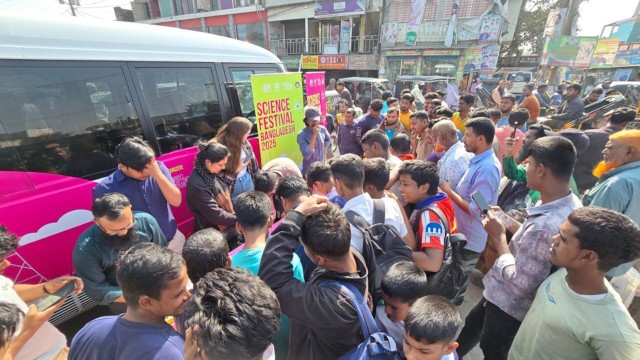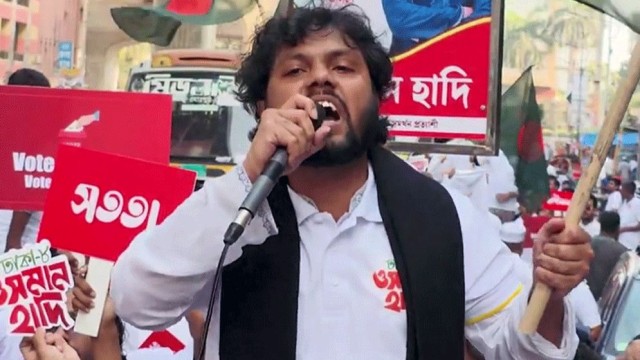The Finance Ministry of Bangladesh is confronting a significant challenge: increasing public expenditure to stimulate sustained growth in the private sector.
An official document from the ministry highlights Bangladesh's comparatively low government spending as a percentage of GDP, underscoring the need to enhance investment. Data from the World Economic Forum and the IMF reveal that Bangladesh's public expenditure stands at 13.1% of GDP, considerably lower than other economies like France, Sweden, and India.
The government aims to elevate GDP growth and living standards by expanding its expenditure, supported by ongoing reforms in Public Financial Management. The medium-term strategy, outlined in the 'Medium Term Macroeconomic Policy Statement (2023-24 to 2025-26),' aligns with Bangladesh's Vision 2041 and focuses on priority sectors such as infrastructure, industrial production, and healthcare.
Anticipating the demands of the Fourth Industrial Revolution, the government has allocated significant funds for human resource development, particularly in education and skills training. Fiscal projections set public expenditure targets at 15.2% for 2023-24, 15.4% for 2024-25, and 16.2% for 2025-26.
Bangladesh aspires to attain upper-middle-income status by 2031, aligning with the developmental targets of the 8th Five Year Plan. Despite global challenges, the government's expansionary fiscal policy in response to the COVID-19 pandemic aims to promote pro-poor and inclusive growth.
Looking ahead, the Finance Ministry aims to formulate strategies to enhance pro-poor growth, stimulate domestic and international private investment, and generate employment. These efforts reflect a comprehensive approach to overcoming recent challenges and laying a foundation for long-term, sustainable development.































Comment: